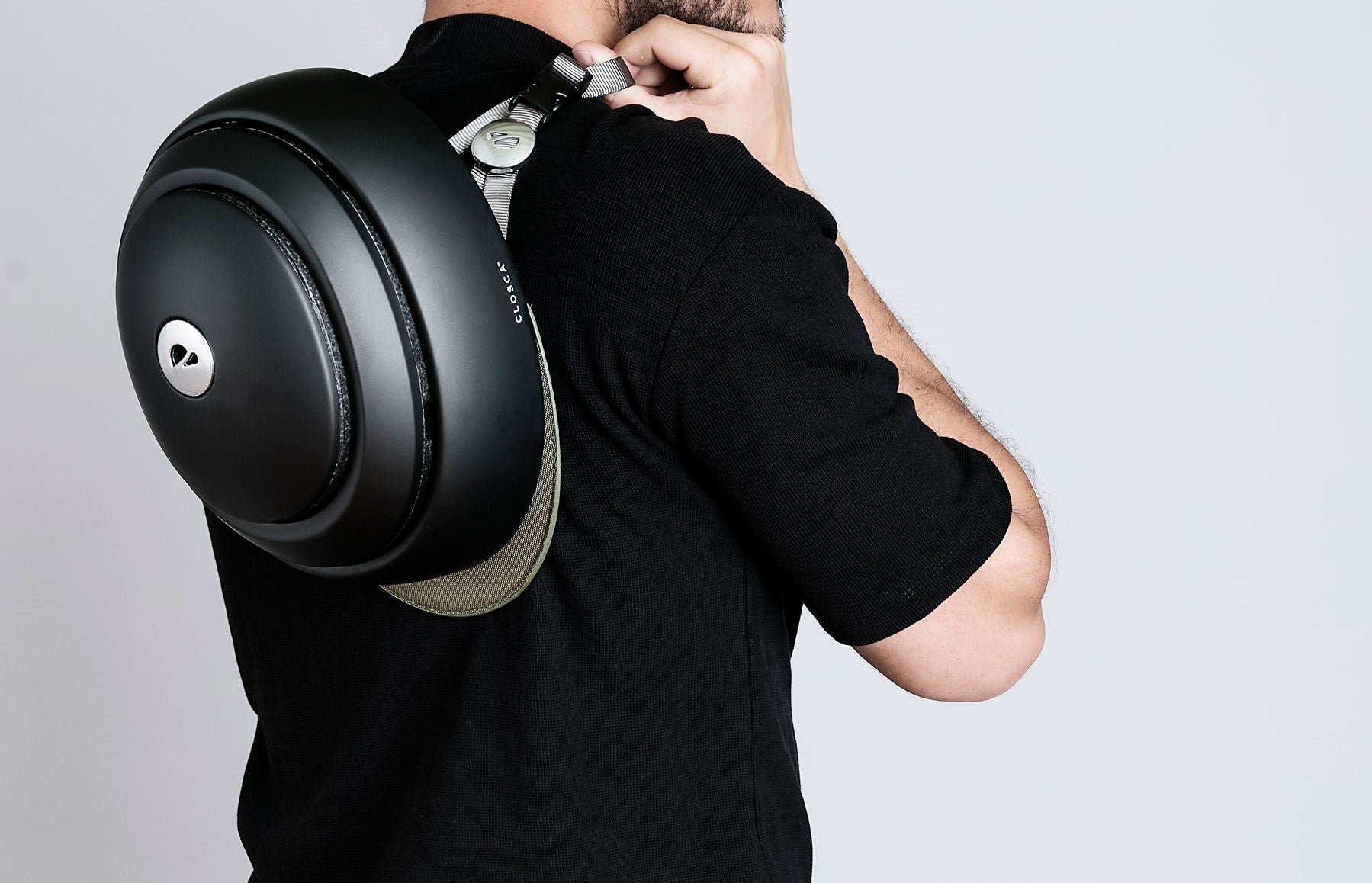Ever since we’ve had bicycles, we’ve (unfortunately) had head injuries related to riding bicycles. But as time has passed and technology has improved, we went from having little-to-no protection at all to mandatory helmet laws, protected bike paths to shield riders from larger automobiles, and most importantly, helmets that actually provide the head protection cyclists so desperately need. From the invention of the first helmet in the late 1800s to today’s top-of-the-line options, like Closca, here are some of the most important dates in the history of helmet construction—as well as a sneak peek at how far we’ve come today.
1880s
Cycling was so popular by the 1880’s that riding clubs were even a social event! And as these clubs gained notoriety, and with it, a voice, they started advocating the importance of helmets to protect members from rising amounts of bike-related head injuries. After that, the very first helmet was invented—it was made of pith, a lightweight plant material. Pith was not that protective (and it crushed easily!), but in the late 1800s, that was the most viable resource at the time.
Early 1900s
Fast-forward to the beginning of the 20th century, and it was apparent that pith helmets weren’t working. Further proving that fact, both then and today, the worst bike injuries and bike-related fatalities came from head injuries. To curb that statistic, riders began using helmets that combined a ring of wool with a ring of leather. To offer slightly more protection, that ring of leather was later replaced by longitudinal strips of leather on the head.
1970s
The 1970s were a prime decade for cycling—it was the point in American history where many adult riders took up bike riding as a major sport and form of exercise. Aligning with this, The Snell Foundation, a nonprofit organization committed to providing a high-quality standard of safety for helmets, conducted a comprehensive test of bike helmets to see which ones were actually effective. As they expected, based on crash statistics, none of the helmets on the market at the time of their research provided the protection cyclists really needed. In response, the Snell Foundation established basic criteria for head protection, and in 1975, Bell Auto parts invented the first real helmet for cyclists: one with a hard plastic shell and foam-like padding, the first step towards the modern helmets we wear today.
1984
This was a big year for cyclists, as it was the year The American National Standards Institute implemented codes for helmets that manufacturers across the board actually accepted. Once this happened, more and more ineffective helmets were removed from store shelves, and cyclists saw helmets made with a newly-invented foam and expanded-polystyrene liner. By the 1990s, a thin hard shell was the standard, too.
TODAY
With advances in technology and design, today’s helmets have reached a new level of innovation. They’re lighter, more streamlined, more secure, fashionable and comfortable; most of them even have adjustable straps and vents so that riders can ensure the perfect fit. Take the Closca bike helmet collection, for example! Closca has create the Closca Helmet, which has interchangeable accessories to match your everyday fashion, is embedded with near-field communication technology, is foldable (so it can’t break in a crash!), and it complies with both European and American EN 1078 and CSPC safety regulations. On top of that, as statistics prove that helmets actually reduce the number of bike-related head injuries, today, many states have made it mandatory to wear helmets while riding a bicycle.





Leave a comment
This site is protected by hCaptcha and the hCaptcha Privacy Policy and Terms of Service apply.